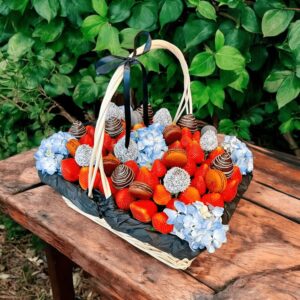

MARGARET IN MAY
She was born in May when the bearded iris
Were in bloom and the woodland wildflowers
Blossomed all along Shoal Creek—hawthorn
And bloodroot among the tangle of trees,
The dogwoods, the redbuds and the star
Magnolia. Green was always her color,
And she loved the purity of a single scent
Lily, rose or lilac. All of this she breathed in
To create her own castle, built from the trees
And the stones in every book she read,
Every dream her sparkling mind engendered.
Her friends were Beatrix and Jane and the Bronte
Sisters, Glenda the good witch in the Wizard of Oz.
She read everything else too—dictionaries, encyclopedias,
Even Finnegan’s Wake by James Joyce, which
Nobody understood, and even Carl Jung had to try
Reading it backwards. She knew everything, and
Was happy to look up from her book and
Answer any question I asked of my magical
Big Sister. She shared her dreams, invited me in
To visit and taught me to construct my own.
We could fly away to Scotland, wear green tartans,
And play the bagpipes, echoing through the heather
Where the rabbits roamed. When I grew up,
I visited the real Edinburgh Castle, and
There I found St. Margaret’s Chapel, in a quiet
Corner with wildflowers on the altar. A little
Note explained that the flowers were provided
By women from the neighborhood, all of whom
Were named Margaret. I thought of my only
Sister, and our grandmother who had the same
Ancient name. As the world around us grows grayer
Each moment, these two emerge from the shadows
Like the scent of wild plum, and lift me through
The distant pipe strains of “Amazing Grace” into
Their sweet green castle where all that matters
Is May today.
There is so much to love about the month of May. It is the final month of spring, and all the new leaves have arrived. The earth is green and fragrant, and there are flowers everywhere. Peonies, roses, lilacs, lily of the valley and so many other colorful and fragrant blossoms arrive just in time for us to arrange bouquets for Mother’s Day. The weather is fresh and temperate, and we think how lovely it would be to invite a few friends over for Afternoon Tea. Gardeners are also enjoying their first tender vegetables and fruits.

Tiny strawberries
Share a planter box with the
First blue hydrangeas.
If you feel the spontaneous urge to host a joyful late spring gathering in your garden, back yard or porch, take a look at the “Honey Bee Tea in the Garden” menu in the Afternoon Tea for Special Occasions section of our Tea Book on this website.

White lilies and a
Blue wooden bench catch sunlight
Through the maple leaves.
In this charming menu, designed by Kathleen, every recipe contains honey, and the ingredients showcase the tenderest vegetables newly picked from the garden. From this menu, the Baby Carrots, Baby Radishes and Cherry Tomato Tray with Avocado Dip is easy to prepare and refreshing for your guests to enjoy. The honey-topped Bee Sting Cake, a luscious cream-filled yeast cake of German origin, would be a striking dessert for an outdoor gathering as you and your friends admire the bees buzzing through the flowers. This elegant cake would also make a much-appreciated presentation for Mother’s Day.

Morning light glitters
On the high ivy, then falls
On the magnolias.
Another of my favorite spring garden vegetables is freshly picked peas. I have always loved them with pasta, in salads and in good old pea soup. Even if you don’t have a garden, frozen petite peas are wonderful and can be eaten uncooked at room temperature or quickly steamed or boiled.

The garden filled with
Pink hibiscus glows under
The stars on May Day.
The Fannie Farmer Cookbook’s recipe for Cream of Pea Soup is so simple and straightforward, it doesn’t even need to be formatted. You can cook it up for dinner in a few minutes. Here is Fanny’s description, “A fresh pea flavor with just a hint of sweetness.”
And here is the procedure for four servings of delicious fresh Cream of Pea Soup: Melt 2 tablespoons of butter in a pot, and add 1 tablespoon of chopped white onion, stirring until the onion is translucent. Add 2 cups of fresh or frozen peas, ½ teaspoon of sugar and 2 cups of water. Cover and cook until the peas are tender. Puree the mixture with an immersion blender or a food processor and return the mixture to the pot. Add 1 cup of milk or cream and salt and pepper to taste. Reheat before serving. Yum!
Spring salads are usually composed of fresh lettuce or related greens, but peas can also form the foundation for a vibrant and healthy salad. Fanny Farmer recommends a salad of peas, artichoke hearts, watercress and Jerusalem artichoke slices marinated in French dressing. Another version of this intriguing salad could begin with two cups of petite peas, briefly immersed in boiling water and combined with a container of scrubbed and sliced fresh mushrooms and two boiled eggs, chopped. If you don’t want to make your own salad dressing, this combination would be nice with bottled ranch dressing. To add an extra touch of sophistication, you could serve this salad for a tea party in butter lettuce cups, modeled after the Chicken-Almond Salad in our Honey Bee Tea menu.

A white butterfly
Flutters between the ivy
And the loud mynahs.
In The Jerusalem Cookbook, I found an even more sophisticated pea-based dish popular in Palestine, Turkey and Armenian culture. This preparation is composed of shell-shaped pasta with fresh peas smothered in a hot yogurt sauce which also contains pureed peas. Like Middle Eastern food in general, this dish is light, healthy and loaded with nutrients. It would be a memorable entrée for a Mother’s Day Lunch, concluding with the aromatic Orange and Almond Syrup Cake, also Palestinian in origin. I am happy to share my adaptations of both recipes with you.

The scent of orange
Wafts from the kitchen onto
The roses in bloom.
Shell Pasta with Peas in Yogurt Sauce

All of the ingredients in this middle eastern pasta dish should be familiar to home cooks in the United States and Canada. The Italian name for the shell-shaped pasta recommended for this recipe is Conchiglie, referring to the conch shell shape, but you should feel free to use one pound of any kind of pasta you prefer. The yogurt in the pasta sauce provides a creamy lightness without the heaviness of cream. This recipe also includes pine nuts and red chili flakes. Feel free to substitute sliced almonds if you have any trouble finding pine nuts, and adjust the amount of chili you add depending on the preferences of your guests or family members. Wayne and I love our pasta spicy!
- 2 ½ cups Greek yogurt
- 2/3 cup olive oil, divided
- 4 cloves of garlic, crushed
- 1 pound of fresh or thawed frozen peas, divided
- 1 pound of shell shaped pasta
- ½ cup pine nuts
- 2 teaspoons red chili flakes, or to taste
- 1 2/3 cups coarsely torn basil leaves
- 8 ounces feta cheese, broken into chunks
- 1 teaspoon Kosher salt, more for boiling the pasta
- ½ teaspoon freshly ground pepper
Special Equipment: food processor, large mixing bowl, large cooking pot, small frying pan, ladle, medium sized mixing bowl, colander, 6 individual bowls or large serving bowl
Makes: six servings
- Place the yogurt, 6 tablespoons of the olive oil, the crushed garlic and 2/3 cup of the peas into the food processor. Blend the mixture into a uniform pale green sauce and transfer it to a large mixing bowl.
- In a large cooking pot, bring plenty of salted water to a boil and cook the pasta until al dente. As the pasta cooks, heat the remaining olive oil in a small frying pan over medium heat. Add the pine nuts and chili flakes and cook for 4 minutes until the nuts have turned a golden color.
- Place the remaining peas in a medium mixing bowl. With a ladle, remove some of the boiling water from the pasta pot and pour it over the peas, and when they are warm, drain them in a colander and return them to the bowl.
- Drain the cooked pasta in the colander and shake it well to remove all the water. Gradually add the pasta to the yogurt sauce, stirring gently. Add the warm peas, the torn basil leaves and the feta chunks along with 1 teaspoon of salt and ½ teaspoon pepper.
- Toss the mixture gently and place in a serving bowl or individual bowls. Spoon the pine nuts and chili oil over each serving.
Orange and Almond Syrup Cake

I have adapted this recipe from Jerusalem A Cookbook by Yotam Ottolenghi and Sami Tamimi. This light and aromatic single-layer cake will keep for at least a week if well covered, due to the citrus syrup that is poured over the cake while it is still hot. The recipe calls for 2 ½ cups of ground almonds, which I prefer to toast before grinding. Cakes that substitute ground almonds for half of the flour are popular throughout the Mediterranean region, including Spain. In fact, our Spanish Almond Cake appears in the “World of Tea Parties” section of our Tea Book in the Portuguese Tea Menu. The Orange and Almond Syrup Cake is garnished with strips of orange zest. This recipe also provides an optional dark chocolate icing which can be poured over the cake before the orange zest is added. If you opt for the dark chocolate icing, which would be my recommendation, wait until the day you are serving the cake to add the icing so it will remain fresh and shiny, and the orange zest strips will be colorful and new.
For the Cake and Citrus Syrup:
- ¾ cup plus 2 tablespoons of unsalted butter
- 2 cups superfine sugar, divided
- Grated zest and juice of 4 small oranges
- Grated zest and juice of 1 lemon
- 2 ½ cups toasted almonds, ground
- 5 large eggs at room temperature, beaten
- ¾ cup plus 1 tablespoon flour
- Pinch of kosher salt
- Cooking spray for the pan
For the Dark Chocolate Icing:
- 6 tablespoons unsalted butter, cut into small chunks
- 5 ounces of good quality dark or bittersweet chocolate, such as Ghirardelli, broken into pieces (or 5 ounces of dark or bittersweet chocolate chips)
- 2 ½ teaspoons honey
- 1½ teaspoon Gran Marnier, Triple Sec, Cognac or Orange Juice, optional
- Long strips of orange zest from 1 orange
Special Equipment: 9 ½-10-inch springform pan, parchment, stand mixer, food grinder or food processor, citrus zester, citrus juicer, foil-lined baking sheet for toasting the almonds, whisk, medium mixing bowl, quart sized glass measuring cup, rubber spatula, wire cooling rack, bamboo skewer, plastic wrap, cake pedestal or serving platter.
Makes: 8-10 servings
Preheat Oven to 350 degrees F
- Toast the almonds in a 350-degree oven on a foil-covered baking sheet, stirring occasionally with a rubber spatula until fragrant and light golden brown, about 10 minutes. Place on a wire rack to cool. When the almonds have cooled, grind them in a food processor or food grinder. Set aside.
- Spray the bottom and sides of a 9 1/2-10-inch springform pan with cooking spray, cut a round of parchment to fit into the bottom of the pan and spray the parchment. Prepare the citrus fruits by grating the zest and squeezing out the juice. Set aside. Whisk the eggs in a medium mixing bowl and set aside.
- In a food processor or standing mixer, place the butter, 1 ½ cups of the sugar and the orange and lemon zests. Beat on low speed to combine well. Do not overbeat. Add half of the ground almonds and continue mixing until well combined. With the machine running, gradually add the whisked eggs, scraping the bowl as necessary.
- Add the remaining ground almonds, the flour and the salt and process until the batter is completely smooth. Pour the batter into the prepared pan and smooth it with a spatula. Bake at 350 degrees for 50-60 minutes or until a skewer inserted into the center comes out with a few moist crumbs.
- Make the syrup: When the cake is nearly baked, place the remaining ½ cup sugar and the citrus juices into a glass measuring cup and microwave at 30-second intervals until it starts to boil. Remove the syrup from the microwave before it boils over.
- As soon as it comes out of the oven, place the baked cake on a wire cooling rack and poke small holes through the top with a wooden skewer. Pour the hot citrus syrup over the cake to moisten it evenly. Leave the cake in the pan until it has completely cooled. Serve the cake on a cake pedestal or decorative platter garnished with long strips of orange zest, or cover it tightly with plastic wrap and store at room temperature for a few days before serving.
- Prepare the chocolate icing: If you choose to add dark chocolate icing, do so on the day you plan to serve the cake. Remove the cake from the pan and place it on the cake pedestal or serving platter before adding the icing. Place the butter, dark chocolate and honey in a glass measuring cup and microwave at 30-second intervals, stirring in between until all the chocolate has melted and the mixture is smooth. Stir in the liqueur or orange juice if you wish and pour the icing over the cooled cake, allowing it to dribble down the sides naturally, without trying to cover all the sides of the cake evenly. Add the orange zest strips onto the center of the cake. They will adhere as the icing cools and sets. Serve as soon as the icing has set.


